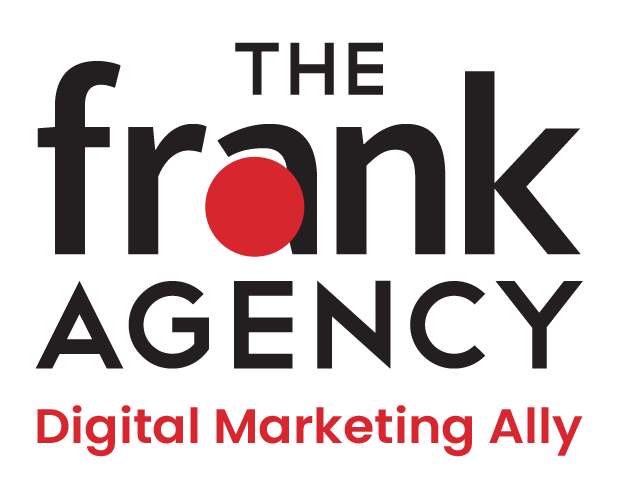Marketing Automation: Streamlining Workflows for Effective Communication
In today’s fast-paced digital landscape, marketing professionals rely on technology to streamline processes, enhance efficiency, and deliver personalized experiences to their customers. Marketing automation refers to the use of software platforms and technologies that automate repetitive tasks and workflows, allowing businesses to focus on strategic initiatives and drive effective marketing strategies.
The Benefits of Marketing Automation:
- Efficiency and Time Savings: Marketing automation saves time by automating repetitive tasks such as email campaigns, social media scheduling, lead nurturing, and data management. This streamlines workflows, enabling marketers to allocate more time to strategic planning and creative efforts.
- Personalized Customer Experiences: Automation platforms allow for targeted and personalized communication with customers at scale. By leveraging customer data and behavior, businesses can deliver relevant content, recommendations, and offers, enhancing the overall customer experience.
- Lead Nurturing and Conversion: Marketing automation helps nurture leads through automated workflows, guiding them through the buyer’s journey. By delivering timely and relevant content, businesses can increase engagement, build trust, and improve conversion rates.
- Data-driven Insights: Marketing automation provides valuable insights into customer behavior, campaign performance, and ROI. Businesses can track and analyze metrics, measure the effectiveness of marketing efforts, and make data-driven decisions to optimize campaigns.
- Workflow Optimization and Collaboration: Automation platforms facilitate collaboration among team members, ensuring smooth coordination and efficient workflows. From content creation to approval processes, automation streamlines internal operations, reducing manual errors and increasing productivity.
Key Features of Marketing Automation Platforms:
- Email Automation: Automate personalized email campaigns based on triggers, customer behavior, or predefined workflows. This feature allows businesses to engage with leads and customers at different stages of the customer journey.
- Lead Scoring and Segmentation: Assign scores to leads based on their engagement level, demographics, or actions taken. Segmentation capabilities allow businesses to tailor messages and offers to specific customer segments, increasing relevance and conversion potential.
- Campaign Management: Manage and track all marketing campaigns from a centralized platform. This includes tracking performance, managing budgets, scheduling content, and monitoring results to optimize campaigns effectively.
- Social Media Automation: Schedule and publish social media posts across multiple platforms, manage interactions, and analyze engagement metrics. Social media automation streamlines content distribution and enhances brand consistency.
- Analytics and Reporting: Marketing automation platforms provide robust analytics and reporting capabilities, allowing businesses to measure campaign effectiveness, track ROI, and gain insights for future optimization.
Implementing Marketing Automation:
- Identify Goals and Objectives: Define your marketing objectives and align them with your business goals. Determine what tasks and processes can be automated to support these objectives.
- Choose a Suitable Platform: Research and select a marketing automation platform that aligns with your needs and budget. Consider factors like scalability, ease of use, integration capabilities, and customer support.
- Data Integration and Management: Ensure seamless integration of your existing customer relationship management (CRM) system or data sources with the marketing automation platform. This allows for a unified view of customer data and effective segmentation.
- Content Creation and Personalization: Develop relevant and engaging content tailored to different stages of the customer journey. Leverage personalization features within the automation platform to deliver personalized experiences to your audience.
- Testing and Optimization: Continuously monitor and test different strategies, messages, and workflows. Use analytics and reporting provided by the automation platform to identify areas for improvement and make data-driven decisions.


